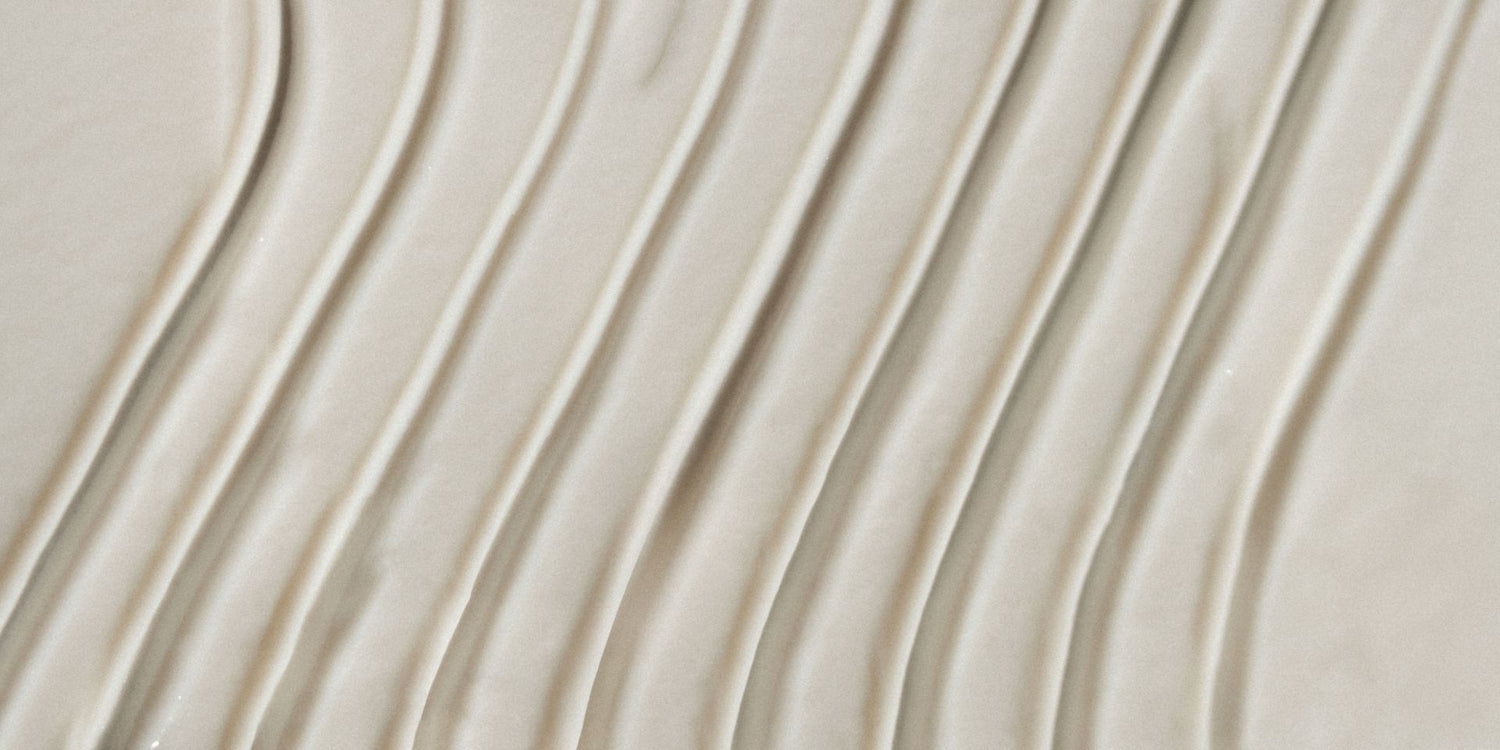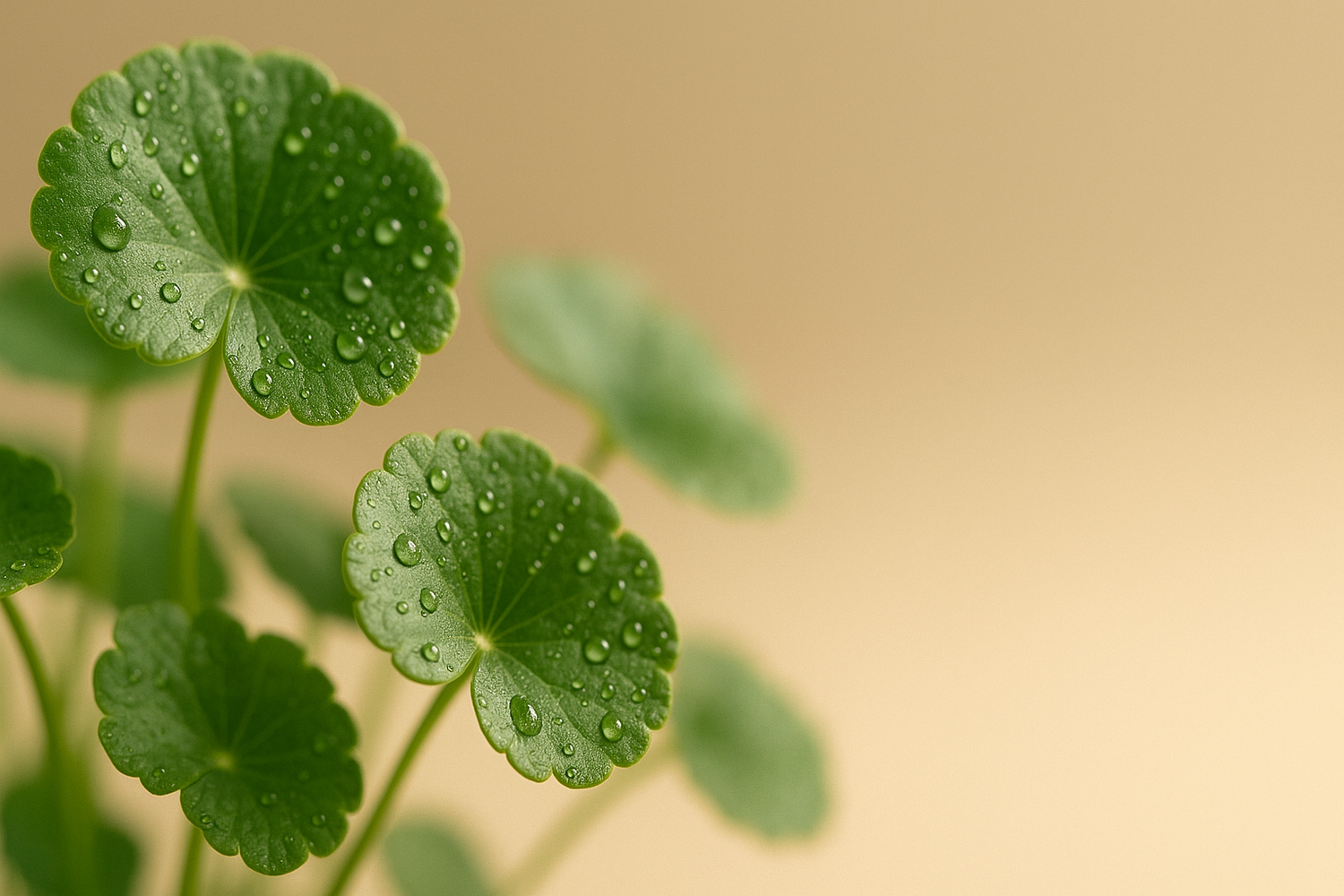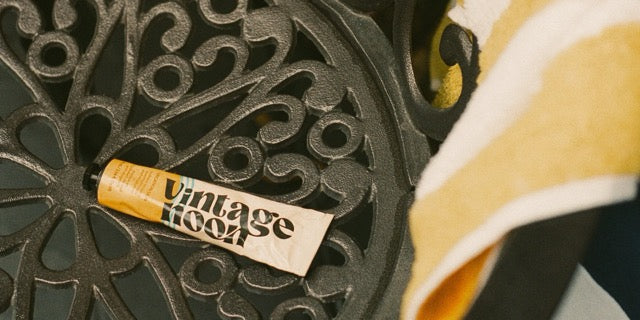Summary (TL;DR)
-
Low humidity + cold wind + indoor heating = higher TEWL (water loss) → tightness, redness, stinging.
-
Add occlusive-leaning emollients at night and humidify your space to a 40–50% range.
-
Hero ingredients: ceramide NP, panthenol, squalane, shea, centella, calendula, hyaluronic acid.
-
Switch to a gentle cleanse, cushiony barrier cream at night, SPF by day—even when cloudy.
Why winter and dry climates wreck your barrier
When outdoor humidity drops and indoor heating kicks in, the air pulls moisture from your skin. Add wind exposure and frequent hot showers, and the lipid “mortar” in your barrier thins—cue flushed cheeks, tightness, flaking, and sting.
If you’re in a city with fluctuating air quality (hello, Toronto air quality days), fine particles can further irritate reactive skin. Your move: buffer the barrier with reparative emollients and keep the micro-environment around your skin more humid.
Temperature swings & “transit shock”
That dash from freezing sidewalk → overheated subway/store → back out stresses capillaries and barrier lipids. Think of it like thermal whiplash.
Quick fix: Before heading out, apply a cushioning barrier cream on cheeks/nose; re-apply a pea-size after you arrive.
Build your winter routine (AM/PM)
Morning
-
Cleanser: Cream or low-foam, lukewarm water.
-
Moisturize: Lightweight cream; spot a thin layer of barrier cream on cheeks if tight.
-
SPF 30–50: Yes, winter. Yes, cloudy. UV + glare off snow still reach you.
Night
-
Cleanser: Gentle; skip double-cleansing unless heavy makeup.
-
Seal: Barrier cream (nickel-size). If cheeks are your “hot zone,” add a micro-occlusive top-up there.
Home environment upgrades
-
Humidifier: Aim 40–50% RH in bedroom/living area.
-
Shower: 5–7 minutes, not scalding.
-
Textiles: Soft towels; pat, don’t rub.
Ingredient playbook for sensitive, redness-prone skin
-
Ceramide NP – replenishes barrier lipids.
-
Panthenol (B5) – hydrator/soother; great post-wind exposure.
-
Squalane – lightweight lipid to reduce TEWL.
-
Shea Butter – comfort + flexible occlusion without a heavy film.
-
Centella Asiatica & Calendula – calm the look/feel of redness.
-
Hyaluronic Acid – binds water; works best when there’s ambient humidity (use under a cream).
-
Antioxidants (e.g., red maple extract) – support against pollution/indoor-outdoor swings.
Want a one-tube winter MVP? Our Overnight Mask & Moisturizer layers ceramide NP, panthenol, squalane, centella, calendula, and HA in a fragrance-free base—ideal as your night cream or SOS layer.
What to pause or modify
-
Strong AHAs/BHAs: reduce to 1×/week, skip on days with windburn.
-
Retinoids: use the sandwich method (moisturizer → retinoid → barrier cream) or drop to 2×/week.
-
Fragrance/EOs during active flare-ups.
-
Hot water & harsh foaming cleansers that strip lipids.
2-Week “Winterize Your Barrier” plan
Week 1: Calm + Seal
-
Strip routine to cleanser → hydrator → barrier cream (night).
-
Add humidifier nightly; avoid saunas/hot yoga.
-
If reactive, pause acids completely.
Week 2: Gentle Strength
-
Reintroduce retinoid 1–2×/week using sandwich method.
-
Patch test any new product on jawline for 24 hrs.
-
Keep humidifier habit; continue SPF daily.
Most people see comfort return in 7–14 days.
Travel notes: ski trips, flights, and dry destinations
-
Before flight/ski day: Apply barrier cream 30 minutes pre-boarding or pre-lift.
-
Mid-flight: Re-apply a pea-size if skin feels tight (aisle seat move).
-
Après-ski cleanse: Gentle cleanse, panthenol/centella serum, generous barrier layer.
-
Hotel air: Request a humidifier or create a DIY version (bowl of water near radiator).
FAQs
Do I still need SPF in winter?
Yes. UV penetrates cloud cover and reflects off snow.
Can oily, sensitive skin use barrier creams?
Absolutely—apply a thin layer, focusing on cheeks and around the nose.
Is slugging good in dry climates?
Try selective slugging (only on hot zones) over your barrier cream, 2–3 nights/week.
How do I handle retinoids in January?
Use a pea-size, sandwich it, and skip the night before/after harsh weather days.
Winter doesn’t have to mean stingy, red cheeks. Build a barrier-first routine with a fragrance-free, ceramide-rich cream.
→ Shop Overnight Mask & Moisturizer (gentle, barrier-supporting).





















